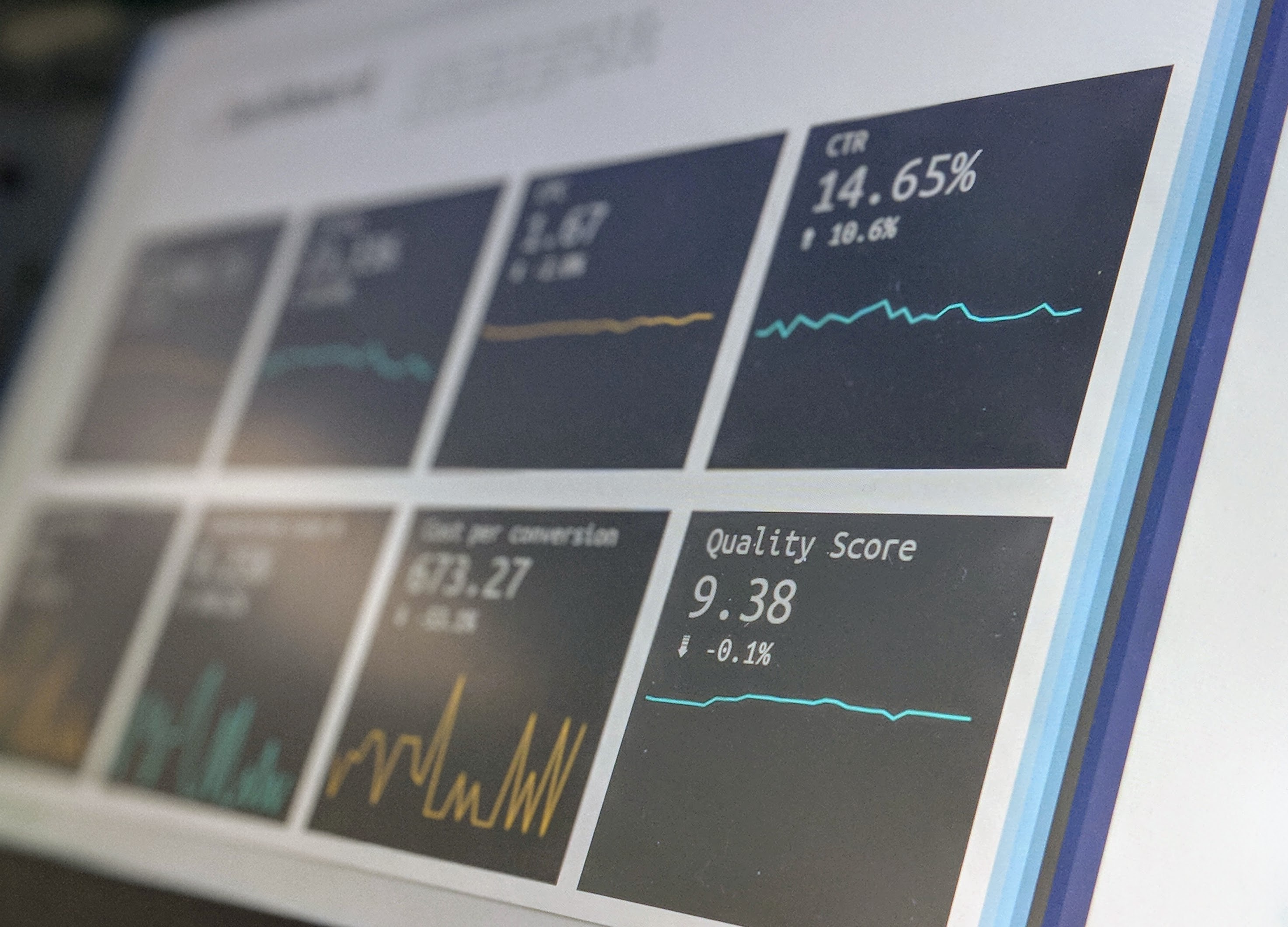by Peter Thaleikis
Online business in 2020 isn't what it was in 2000, or even just a few years ago. Things are changing. The old idea of companies being closed, unapproachable entities is coming to an end slowly.
While for bigger and especially for publicly-listed companies some legal requirements to publish certain information existed for a long time, nothing similar exists for small businesses. For some companies, no legal requirement will ever be needed. They decided freely to publicly share company metrics from website visitors to revenue, earnings, churn and sometimes even wages online, in real-time.
Why should I share my statistics openly?
Correct and trustworthy information is key in our data-driven society. One annual report per year is not building up lots of trust nor is it a prime example of transparency. In our time and the online space, you should be able to do better. It doesn't need to be real-time but close to real-time updates help to build much more trust than annual or even monthly updates. This means you will need to develop this functionality - but this doesn't only come in handy for building public trust in your business.
Comparing months in terms of revenue, number of users and other derived metrics such as revenue per user are great topics. Nothing is as big a "yaaay"-moment as the first paying customer. It also is a great base to start a more data-driven approach to building your project. With this you start to follow “Only what gets measured, gets managed”. You can identify and discuss metrics in the context of your recent changes. This comes in handy if you are building your product or project in public.
How is it done usually?
It became common practice to have a subpage under your root domain called "open". For example, if your project is called "mySaaS" and runs under the domain name "https://mySaaS.com" the open statistics page would be "https://mySaaS.com/open".
Alternatively, some companies choose to use a sub-domain. This means the URL above would be https://open.mySaas.com instead of https://mySaaS.com/open. From a SEO point of view, a page on https://mySaaS.com/open is preferable.
What data to share? Which one to exclude?
It's up to your discretion which information you like to share. The more information you share regularly, the more goodwill and trust you will build up. Typical examples include DAU (daily active users), revenue and earnings as well as visitor statistics.
Avoid vanity metrics
Vanity metrics are usually metrics which aren't presented correctly or are presented in the wrong context. Wikipedia defines them as the opposite of actionable metrics.
Usually, the result of vanity metrics is making the numbers look better by accumulating instead of putting them into a time frame. A typical example is "absolute number of posts" instead of "number of posts per day".
In some cases, vanity metrics can actually be useful, but that's rather an exception than a rule.
Great examples
Buffer is, without doubt, an exceptional company in many ways, that includes transparency as well. Not just the revenue and user statistics are public. The salaries and the salary formula are too. The company is defaulting to transparent, if possible. The Buffer's company page contains several aspects the company is reporting on openly.
More great examples can be found on the IndieHackers product list as well as on baremetrics open startups page.
Closing words
Sharing your statistics might feel strange at the beginning. Some might even say it's scary, but with transparency comes more accountability and trust. Young companies such as Buffer and NomadList are leading the way. You should consider following them and sharing more data of your business and lay the foundation for becoming a truly data-driven company. If you liked this article it would be awesome if you could share it on Twitter or Facebook 🙏️
By the way, if you are still at the early stages and figuring out how to get started with a website that's not a problem at all. There are plenty of very good, easy, and cost-efficient options to get started with a website. A simple "landing page"-type marketed right can do miracles. One pretty decent option to get started quickly is a WordPress site hosted on SiteGround. The review linked gives you all the details you need to know before getting started. Don't forget to build an open statistics page too 💪️
The cover photo was shot by Stephen Dawson. It's available via Unsplash. Thank you!
Did you like this article?
Besides tones of crap, the web also has lots interesting open-source libraries, actually innovative side-projects and awesome free knowledge. Once in a while, I share these awesome web-findings via email. If this sounds like something you are into, subscribe below:
Published under the following tags: Side Projects Small Business Indie Hacker Side-Project Marketing


